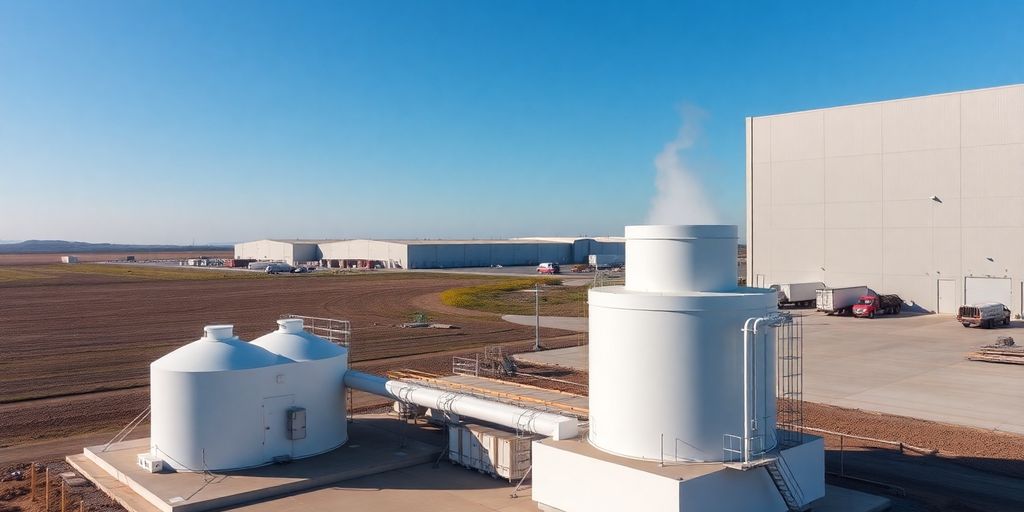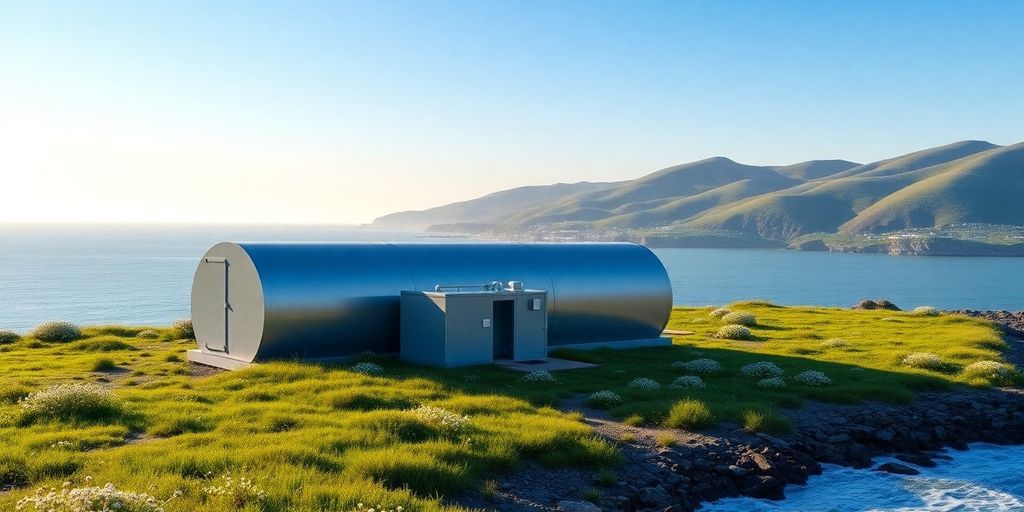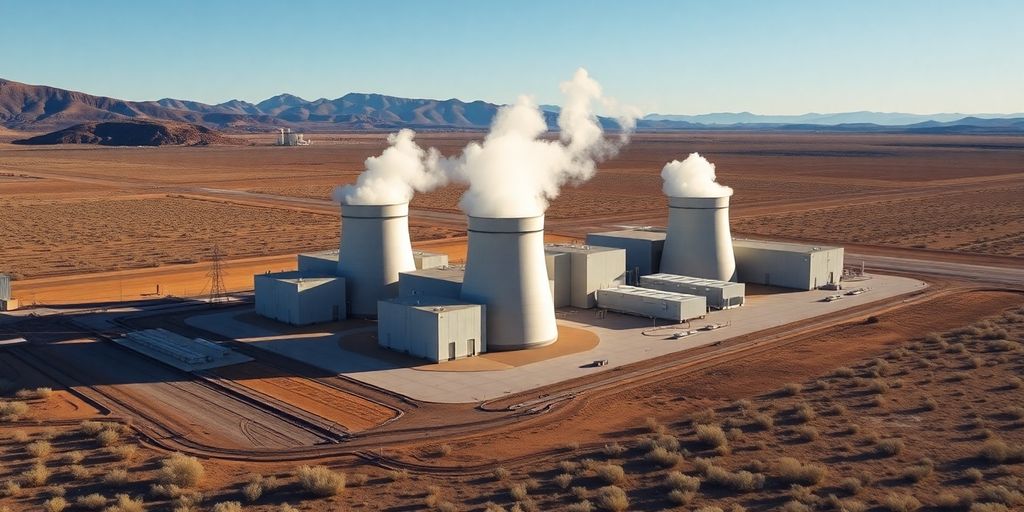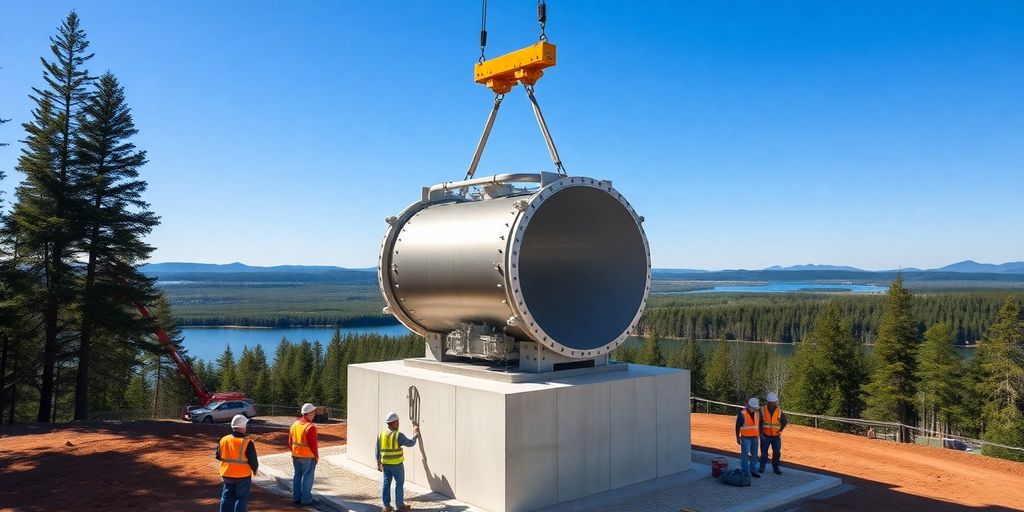Amazon has announced a major investment in small modular nuclear reactors (SMRs) to power its data centers and meet its clean-energy goals. Leading a $500 million funding round for X-Energy Reactor, the company is also exploring SMR projects in Washington state and Virginia, aiming to bring more than 5 GW of capacity online by 2039.
Key Takeaways
- Amazon is spearheading a $500 million funding round for X-Energy Reactor’s SMR development.
- Target: Over 5 GW of SMR capacity by 2039, with initial output of 320 MW in Washington and 300 MW in Virginia.
- SMRs promise faster construction and smaller footprints than traditional reactors.
- Tech firms’ power demands—especially for AI—are driving renewed interest in nuclear.
- Regulatory approvals, costs and waste-storage remain significant hurdles.
Amazon’s Nuclear Ambitions
Amazon’s move marks a shift from passive power purchases to direct equity in nuclear infrastructure. In addition to its existing deal with Talen Energy for legacy nuclear output, Amazon will:
- Lead a $500 million investment round in X-Energy Reactor.
- Partner with Energy Northwest in Washington to deploy up to 960 MW of SMR capacity (initially 320 MW).
- Collaborate with Dominion Energy in Virginia on a 300 MW SMR adjacent to an existing plant.
Amazon and X-Energy aim to have the first reactors operational by the early 2030s, scaling up to meet growing energy demands.
Small Modular Reactors at a Glance
SMRs are advanced nuclear fission plants with power outputs typically under 300 MW per unit. Key features:
• Modular Construction: Fabricated in factories and transported to sites, reducing on-site build time.
• Smaller Footprint: Require less land and can be sited near existing infrastructure.
• Scalability: Multiple units can be combined to match demand.
• Enhanced Safety: Passive cooling systems and underground containment lower risk profiles.
Current Status:
| Feature | Status |
|---|---|
| U.S. NRC Approvals | Only NuScale Power design approved |
| Operating SMRs | None in U.S.; one operational in China |
| Expected Online Date | First commercial U.S. SMR by 2030 (pilot phase) |
Strategic and Market Implications
Tech giants like Amazon and Google are willing to pay premiums for reliable, carbon-free power, creating a lucrative initial market for SMRs. Professor Jacopo Buongiorno (MIT) notes that early SMR buyers can help drive down costs:
“Tech companies start by paying more for clean, round-the-clock power. As economies of scale kick in, SMRs will compete more broadly on the grid.”
SMR adoption could also bolster nuclear-technology stocks and spur further private and public investment in advanced reactors.
Remaining Challenges
Despite the optimism, SMRs face several hurdles:
- Regulatory Approvals: Reactor licenses must clear Nuclear Regulatory Commission reviews.
- Cost Overruns: Previous projects (e.g., NuScale in Idaho) saw spiraling costs that stalled progress.
- Waste Management: On-site spent fuel storage raises safety and community concerns.
- Public Perception: Local resistance may emerge over nuclear safety and environmental risks.
Amazon’s investment may well determine whether SMRs transition from an early-stage technology to a mainstream power solution.












